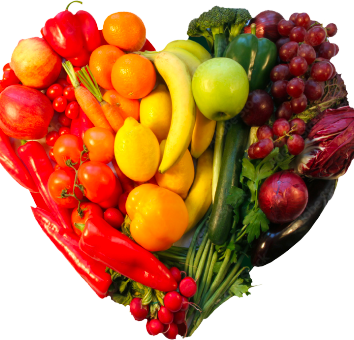There is a straight line from what we put into our bodies to the way we feel and the diseases we suffer from.
The United States currently spends more than $1.7 trillion on food and beverages in grocery stores, restaurants, and other retailers. Problem is, we’re also spending nearly $2 trillion every year on treating cardiovascular disease, diabetes, Alzheimer’s and other conditions all closely tied to diet.
The CDC estimates that almost 75% of U.S. adults aged 20 or older are overweight or obese.
Almost half the US population (45%) are either diabetic or prediabetic.
And these problems are worldwide and growing.
We know what the solution is.
Healthy, nutritious food needs to be available to everyone at prices we all can afford. Just solving for that would save the U.S. economy $1 trillion each year, based on direct medical costs and the impact of productivity losses due to illness and premature death.
The future of food and health are closely intertwined.
Today, innovative companies are working to solve for both problems by addressing soil health, creating plant-based alternatives to unhealthy foods, helping farmers scale their production and more.
iSelect offers accredited investors unique access to these opportunities at the nexus of food and health.
We have a unique opportunity to flip the system.
About iSelect Fund
iSelect Fund is a venture firm which invests in companies that are addressing critical global issues, in large markets, and with financially attractive business models in agriculture, healthcare and resource efficiency. But, with 50+ portfolio companies, 2,500+ portfolio company employees and 300+ investors, iSelect is a new kind of venture fund. It is a network of innovators, problem solvers and investors thinking differently about big problems in food, health and nutrition to transform food and health.

